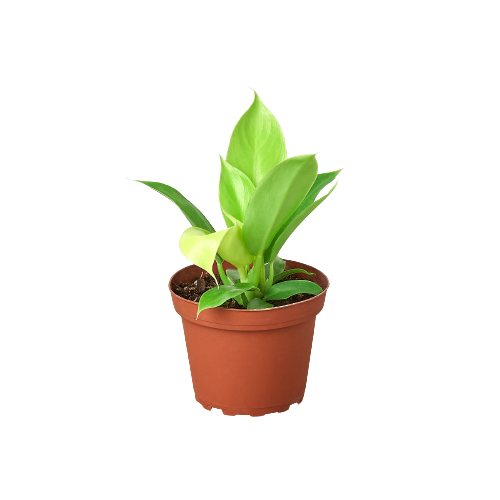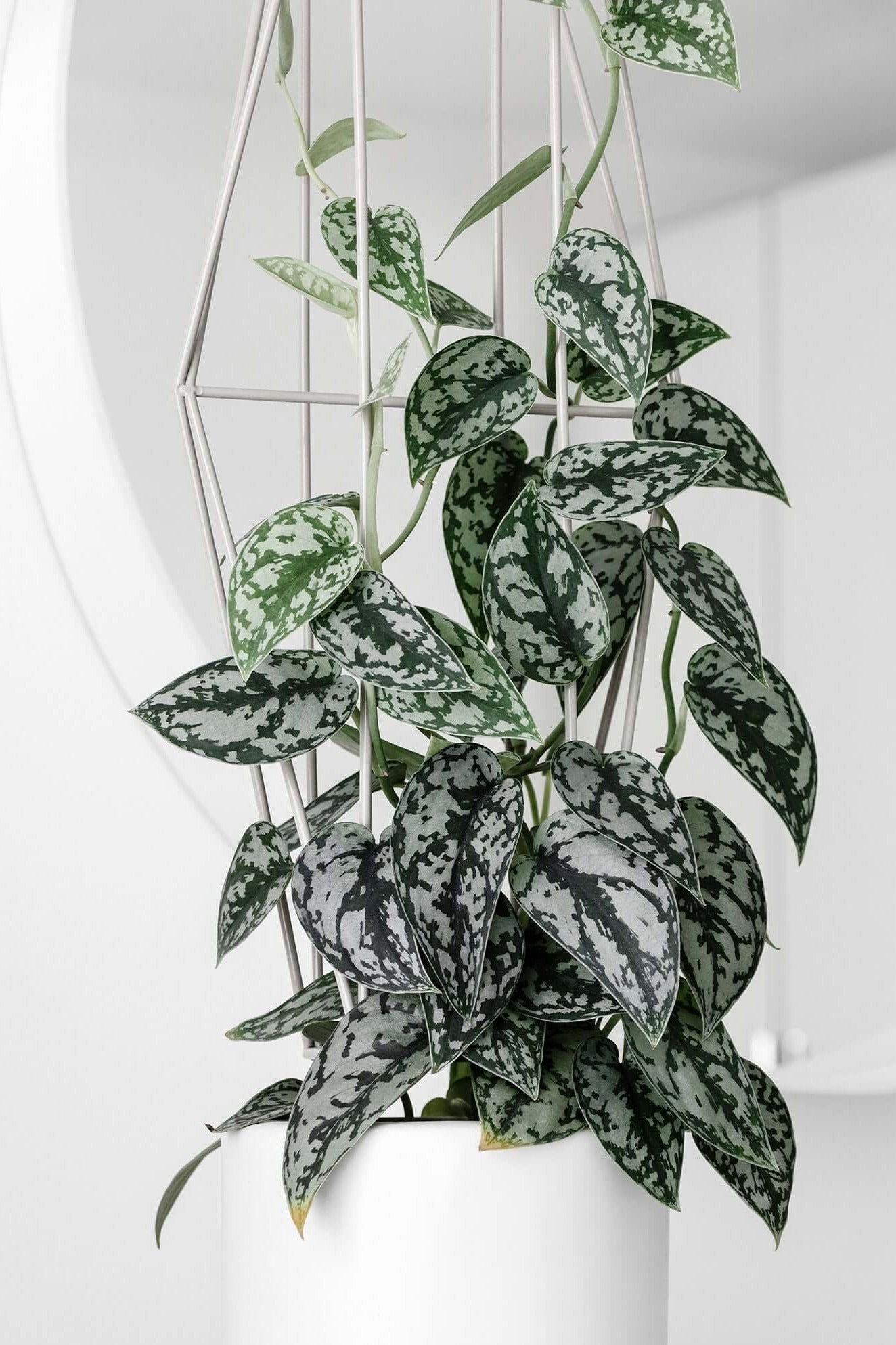Description | Alocasia Black Velvet - Alocasia Reginula Black Velvet
Overview
The Alocasia 'Black Velvet', scientifically known as Alocasia Reginula 'Black Velvet', is a mesmerizing houseplant renowned for its compact size and strikingly dark, velvety leaves. This tropical perennial, originating from Southeast Asia, is a must-have for enthusiasts of unique foliage plants. Its deep black leaves, accentuated with vivid white veins, make it a standout addition to any room, offering a touch of exotic elegance.
Appearance
This plant boasts a compact, bushy growth habit, with each leaf reaching up to 8 inches in length. The leaves are broad and heart-shaped, with a remarkable velvety texture and a rich, dark color that can appear almost black under certain lighting. The contrasting white or silver veins add to its dramatic appearance, creating a visual spectacle that is both elegant and mysterious.
Unique Attributes
Alocasia 'Black Velvet' is not only prized for its aesthetic appeal but also for its adaptability as an indoor plant. Despite its exotic origins, it thrives in indoor environments, making it an excellent choice for plant lovers looking for something unique yet manageable. Its compact size makes it particularly suitable for small spaces, desks, or shelves where it can be appreciated up close.
History and Origin
Native to the understorey of the Southeast Asian rainforests, Alocasia Black Velvet is a part of the Alocasia genus, which is known for its diverse and visually striking species. This particular variety, Black Velvet, is cherished for its velvety foliage and has been a popular choice among indoor plant collectors for its distinctive appearance and relatively easy care requirements.
Care Instructions
Light Requirements: Prefers bright, indirect light. Direct sunlight can scorch its leaves, while too little light can cause legginess.
Watering: Keep the soil consistently moist but not waterlogged. Allow the top inch of soil to dry out before watering again.
Soil and Fertilization: Use a well-draining, peat-based potting soil. Fertilize monthly during the growing season with a balanced, water-soluble fertilizer.
Temperature and Humidity: Thrives in warm, humid environments. Aim for temperatures between 65-75°F (18-24°C) and high humidity levels.
Pruning and Maintenance: Remove any yellowing or damaged leaves to encourage new growth. Dust the leaves regularly to keep them looking their best.
Propagation: Propagate by division during repotting in the spring.
Companion Plants
Choosing the right companion plants can make your space a lush, healthy haven, enhancing the beauty and vitality of your garden. Opt for plants with similar light and humidity preferences to ensure they grow harmoniously together. This thoughtful selection not only enriches the visual appeal of your space but also contributes to a balanced and supportive environment where each plant can thrive.











